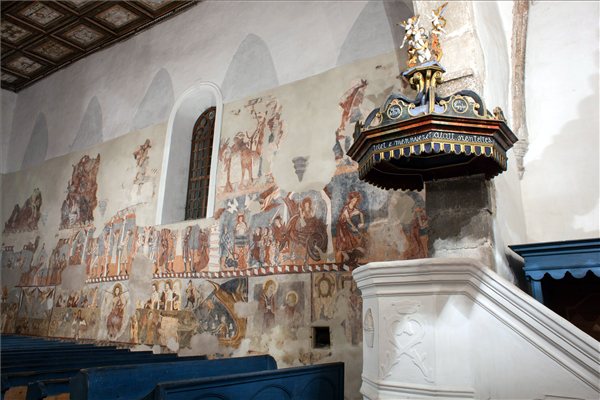 |
| Egidius Sadeler II: Gábor Bethlen, c. 1620 |
This year marks the 400th anniversary of the beginning of the rule of Gábor Bethlen as Prince of Transylvania. To commemorate this, a series of events are being organized both in Hungary and Romania in the Bethlen Memorial Year. The following overview is given by the Institute of History of the Hungarian Academy of Sciences:
"400 years ago, on 23 October, 1613, Gabriel Bethlen (1580–1629), the most significant Prince of Transylvania ascended the throne. He had to take over a devastated country, empty treasury and desperate politicians due to the ill-considered policy of his immediate predecessor and the damages of the Long Turkish War (1593-1606). The existence of the Principality of Transylvania was restricted by the Turkish protectorate and threatened by the Habsburg Empire. The situation was even worsened by the political and economic crisis affecting all Europe. Gabriel Bethlen was able to get out of this seemingly hopeless situation with recognizing the possibilities lying just in these desperate circumstances. He created a new, effective team of politicians, a court of high European standards, and with brilliant organizing work he could stabilize the political and economic situation in Transylvania. He connected to the European diplomatic and military processes. He generated a powerful military force, and arranged the situation – having been unresolved for more than half a century – of the Székelys forming the main part of the army. His military actions coordinated with his allies were supplemented with his many-folded diplomatic activity. With his peace treaties he was able to enlarge the territory of the Principality of Transylvania, becoming part of the European alliance system with the Treaties of Hague and Westminster. He was elected and ceremonially acclaimed king of Hungary on 25 August 1620, but later he refused to be crowned which made it possible for him to come to an agreement with the Habsburg Monarch and to keep the Ottoman Empire from gaining more influence and from expanding in Transylvania. From then on, Transylvania became the main support for the political and cultural endeavors of Hungarian estates in the Habsburg Empire. The tolerant religious policy of the protestant ruler made Transylvania a host country again. He provided the training of “up-to-date” intellectuals with founding schools and university scholarships. His multifaceted activity served as inspiration for generations from his age on through the centuries."
I would like to call attention to a few exhibitions and events of the Bethlen Memorial Year.
An exhibition on Gábor Bethlen and his era is currently on view at the Hungarian National Archives.
Opening next month (on view November 12, 2013 - February 2, 2014) is the main exhibition of the memorial year at the Hungarian National Museum. Titled Bethlen 1613, the exhibition is organized together with the Institute of History of the Hungarian Academy of Sciences.
Coming up this week is the international conference Gábor Bethlen and Europe, at Kolozsvár / Cluj (October 24-26, 2013). More information on the website of the organizers, the Transylvanian Museum Society and the Hungarian Historical Institute of the Babeş-Bolyai University, Cluj.
Bonus: In May 2013, an episode of the PBS-program Antiques Roadshow featured an exceptionally rare object, a diamond marriage pendant associated with the wedding of Gábor Bethlen and Catherine of Brandenburg (1626). The object is part of a series, last seen together at the 1884 exhibition of goldsmith works held in Budapest. One pendant of the series is at the Hungarian National Museum, while another similar object is in the collection of the Museum of Applied Arts, Budapest. (via the Institute of History)
You can read about these jewels in the journal of the museum, Ars Decorativa (vol. 24).
 |
| Marriage pendant shown in Antiques Roadshow, source: pbs.org |

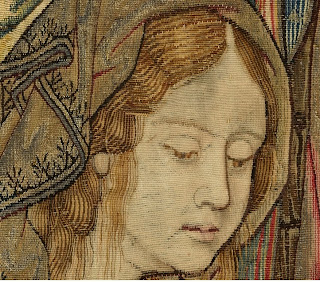
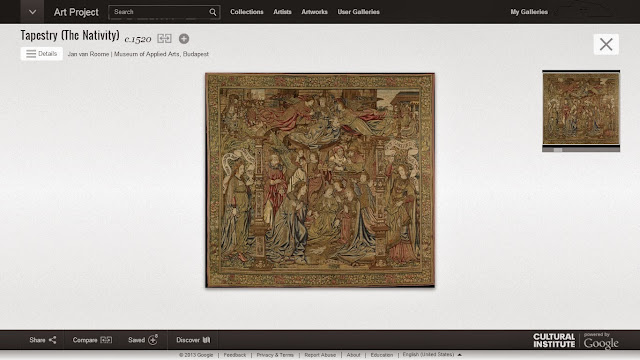
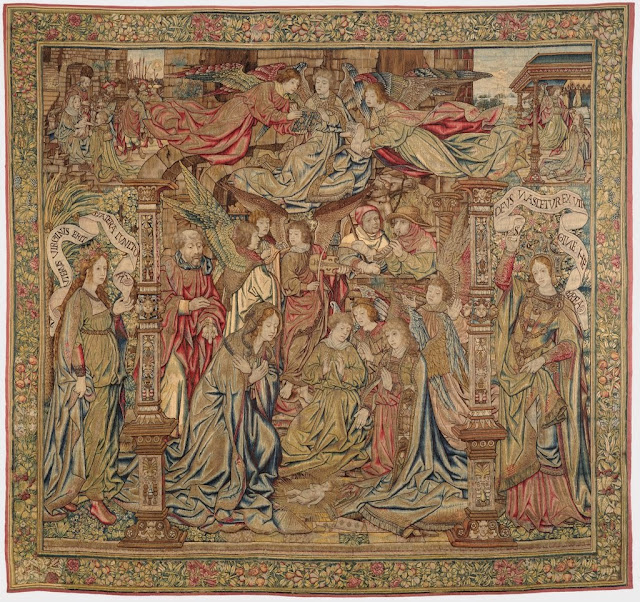



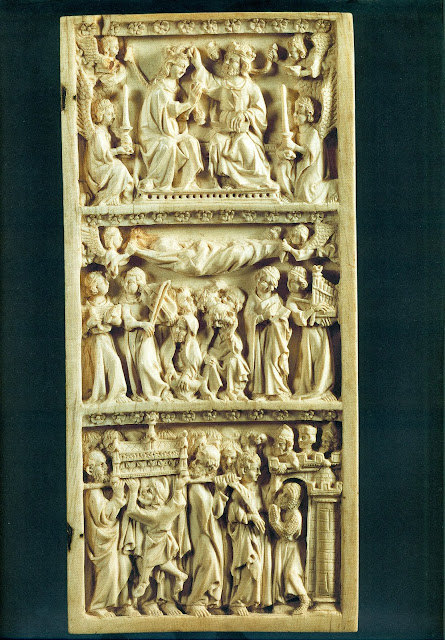





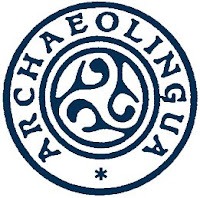




.jpg)







